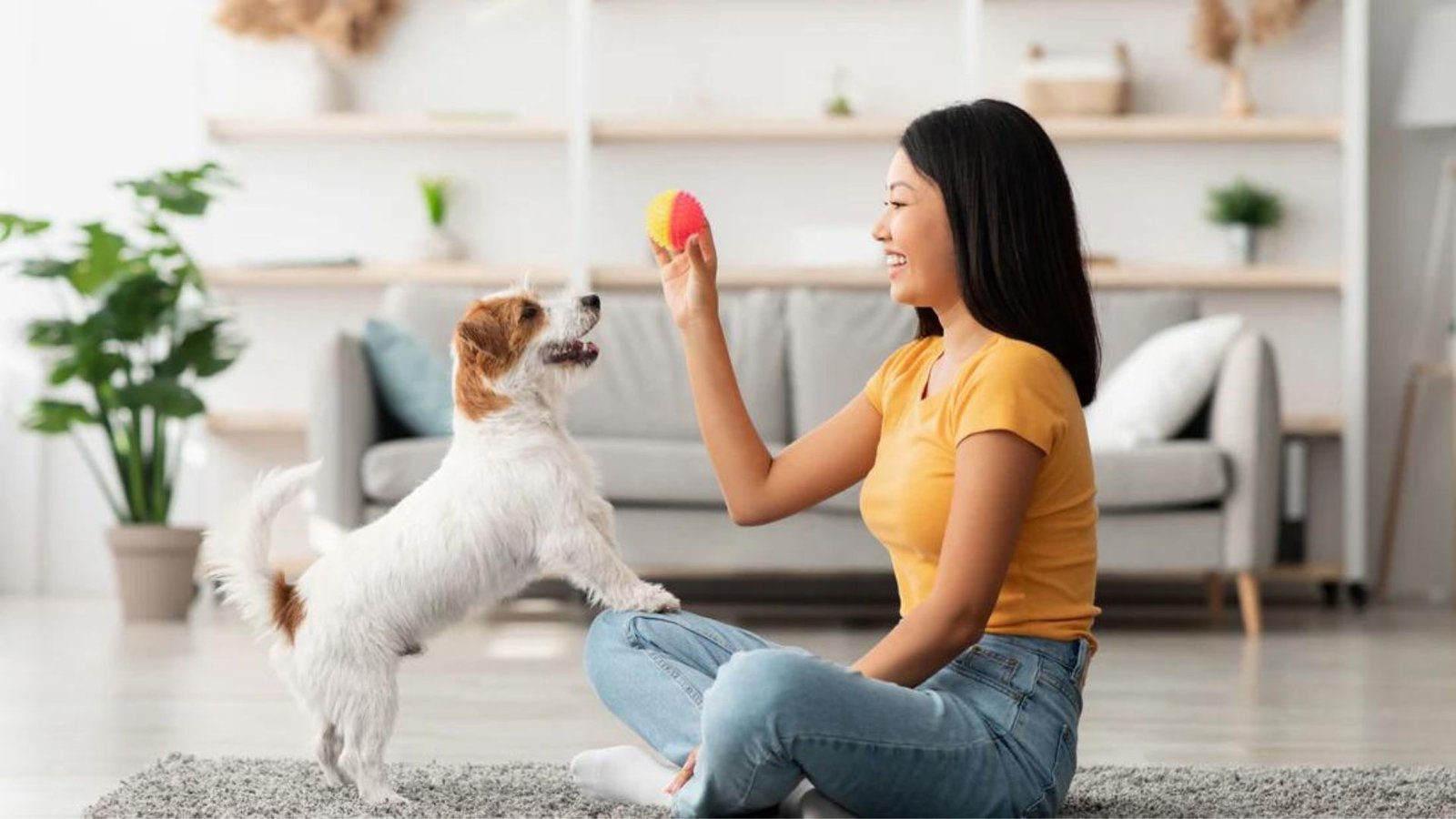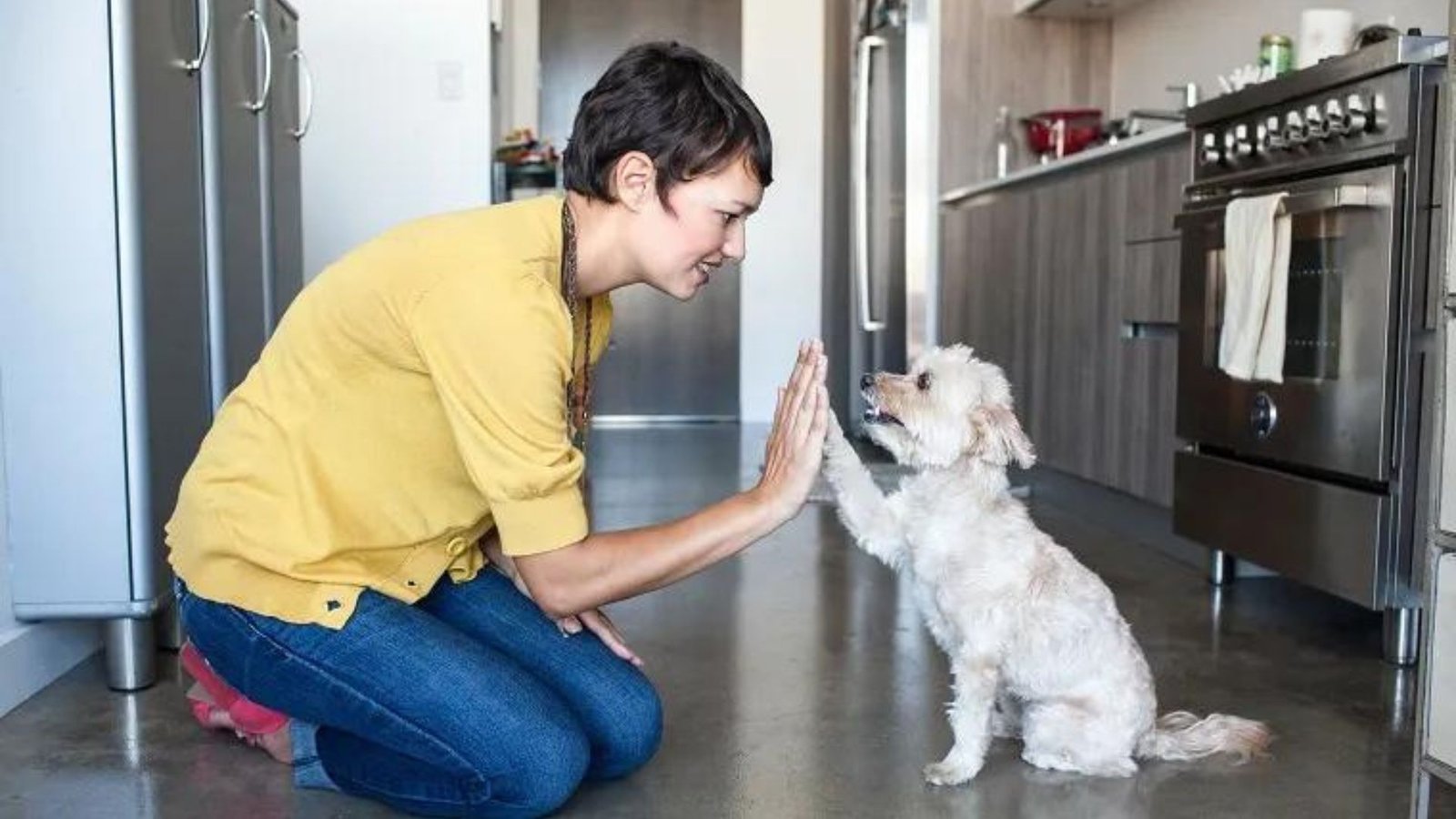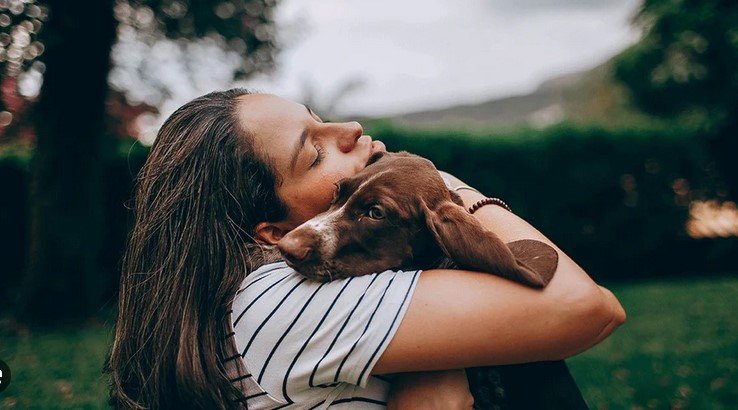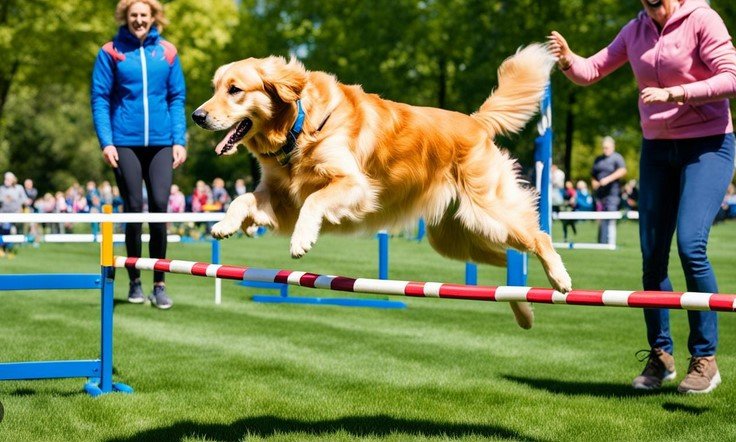Pet training is a rewarding experience that strengthens the bond between you and your furry friend. When starting out, it can seem overwhelming, but with the right approach, training can be both fun and effective. In this article, we’ll share some of the best pet training techniques for beginners that will help you guide your pet’s behavior while creating a positive learning environment.
Start with Positive Reinforcement
The most important pet training technique for beginners is positive reinforcement. This method encourages good behavior by rewarding your pet when they do something right. Whether it’s a treat, praise, or a favorite toy, giving your pet something they love when they follow your commands encourages them to repeat the behavior. Positive reinforcement helps your pet associate training with fun and makes learning new commands easier for both of you.

Be Consistent with Commands
Consistency is key when it comes to pet training techniques for beginners. Your pet will learn faster if you use the same words and gestures for commands every time. For instance, if you’re teaching your dog to sit, always use the word “sit” and the same hand signal. Avoid switching between phrases like “sit down” or “take a seat.” Consistency helps your pet understand what you’re asking for and makes training more effective.
Keep Training Sessions Short
Another effective pet training technique for beginners is to keep the training sessions short and focused. Pets, especially younger ones, have short attention spans, so training in short bursts—about 10 to 15 minutes—is ideal. This approach helps prevent your pet from becoming bored or frustrated. By focusing on just one or two commands during each session, you’ll make the training process smoother and more engaging.
Use Treats Wisely
Using treats as a reward is a great way to motivate your pet, but it’s important to do so wisely. While treats can be helpful in reinforcing positive behavior, you don’t want your pet to become too dependent on them. Over time, start mixing in other rewards like verbal praise or extra playtime. This way, your pet will be happy to follow commands even when no treat is involved.
Socialize Your Pet Early
Socialization is a crucial part of pet training techniques for beginners. Exposing your pet to different environments, people, and other animals from an early age helps them feel more comfortable and less anxious in new situations. Whether it’s a trip to the park or introducing them to new pets, regular socialization makes your pet more well-rounded and less likely to develop behavioral issues down the line.
Use Clear Body Language
Pets, especially dogs, respond well to body language. When training, use clear and consistent gestures along with verbal commands. For instance, when teaching your dog to come, you could use an open hand as a signal. Combining verbal commands with consistent body language helps reinforce the training and makes it easier for your pet to understand what you want them to do.
Patience is Key
Training a pet requires patience, and it’s important to remember that every pet learns at their own pace. Some pets may pick up commands quickly, while others may need more time and practice. Be patient with your furry friend and avoid punishment if they don’t get it right the first time. Encouraging progress, no matter how small, will keep your pet motivated and improve their learning over time.
Incorporate Play into Training
Training doesn’t have to be all work. One of the most enjoyable pet training techniques for beginners is to incorporate play into the learning process. Turning commands like “fetch,” “sit,” or “stay” into a game keeps your pet engaged and makes the experience more enjoyable for both of you. Training through play helps reinforce positive behaviors while also giving your pet the exercise and mental stimulation they need.
Gradually Increase Distractions
Once your pet has mastered commands at home, the next step is to practice in environments with more distractions. Whether it’s the park or a busy street, slowly introducing distractions helps your pet stay focused on your commands even in stimulating environments. Gradually increasing the level of difficulty builds your pet’s ability to obey in various settings.
End on a Positive Note
Always end training sessions on a positive note. If your pet has successfully followed a command, give them plenty of praise or a treat to reward their effort. Ending with something positive leaves your pet feeling happy and eager for the next training session. This helps build a positive association with training and ensures that your pet looks forward to learning new things.
Conclusion
Training your pet can be a fun and rewarding experience when approached with the right techniques. By using positive reinforcement, staying consistent, and incorporating play, you can create a positive learning environment for your pet. With patience and practice, these pet training techniques for beginners will help you guide your pet toward becoming a well-behaved and happy companion.











